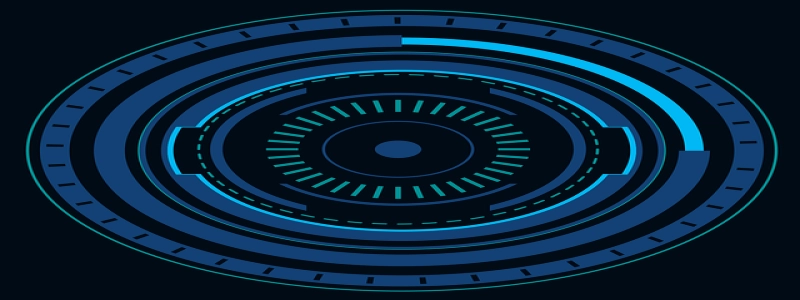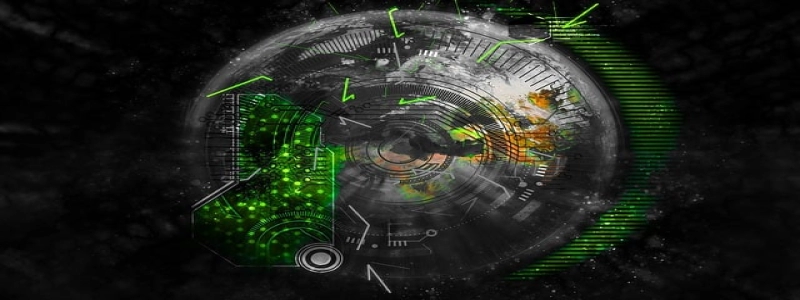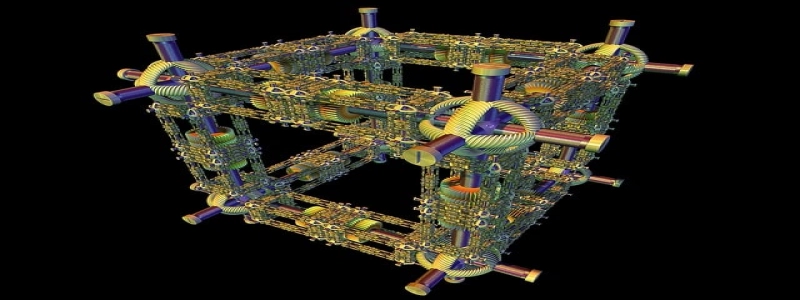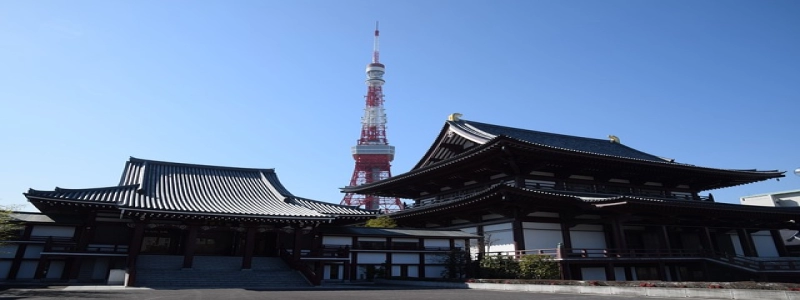Fiber Connectors Types
Introduction:
Fiber connectors play a crucial role in the world of fiber optics by allowing seamless connections between optical fibers. With various types of connectors available, it is important to understand their differences and applications. This article will provide an in-depth explanation of different fiber connector types, their characteristics, and uses.
I. Single Fiber Connectors:
A. SC Connectors:
1. Description: SC (Subscriber Connector) connectors are popular for their simplicity and reliable performance.
2. Features: They use a push-pull mechanism for insertion and removal, making them easy to use.
3. Applications: SC connectors are extensively used in data communication systems, telecommunication networks, and CATV applications.
B. LC Connectors:
1. Description: LC (Lucent Connector) connectors are widely used due to their small form factor, making them ideal for high-density applications.
2. Features: They feature a unique design with a convenient push-pull latch for secure connections.
3. Applications: LC connectors are commonly used in enterprise networks, fiber-to-the-X (FTTx) deployments, and optical transceivers.
C. ST Connectors:
1. Description: ST (Straight Tip) connectors were one of the first widely used fiber optic connectors.
2. Features: They have a bayonet-style coupling mechanism and are robust and durable.
3. Applications: ST connectors find their applications in local area networks (LANs), fiber distribution frames (FDFs), and security systems.
II. Multi-Fiber Connectors:
A. MTP/MPO Connectors:
1. Description: MTP/MPO (Multi-Fiber Push-On/Pull-Off) connectors are designed for high-density applications requiring multiple fibers.
2. Features: They allow quick and simultaneous connections of multiple fibers, saving installation time.
3. Applications: MTP/MPO connectors are commonly used in data centers, high-speed networks, and telecommunication systems.
B. MU Connectors:
1. Description: MU (Miniature Unit) connectors are similar in size to SC connectors but can accommodate two fibers.
2. Features: They are well-suited for high-density installations due to their small size.
3. Applications: MU connectors are commonly used in fiber optic networks connecting switches, routers, and servers.
C. MT-RJ Connectors:
1. Description: MT-RJ (Mechanical Transfer Registered Jack) connectors are small form factor connectors that combine fiber alignment and ferrule into a single assembly.
2. Features: They allow connections of both fibers within a single connector, reducing space requirements.
3. Applications: MT-RJ connectors are widely used in telecommunications, local area networks (LANs), and multimedia applications.
Conclusion:
Fiber connectors are pivotal for establishing reliable and efficient fiber optic connections. Understanding the various types of connectors mentioned above is crucial for selecting the appropriate connector for specific applications. The choice of connector ultimately depends on factors such as size, density, ease of installation, and the application’s requirements. By having a comprehensive understanding of these diverse fiber connector types, individuals can make informed decisions when it comes to fiber optic connectivity.








